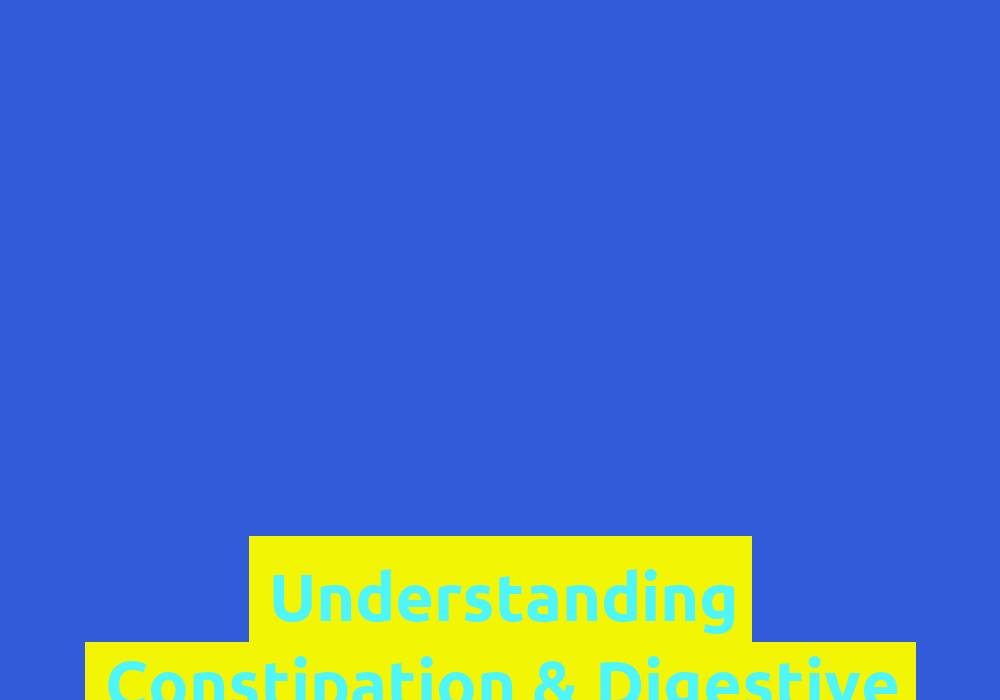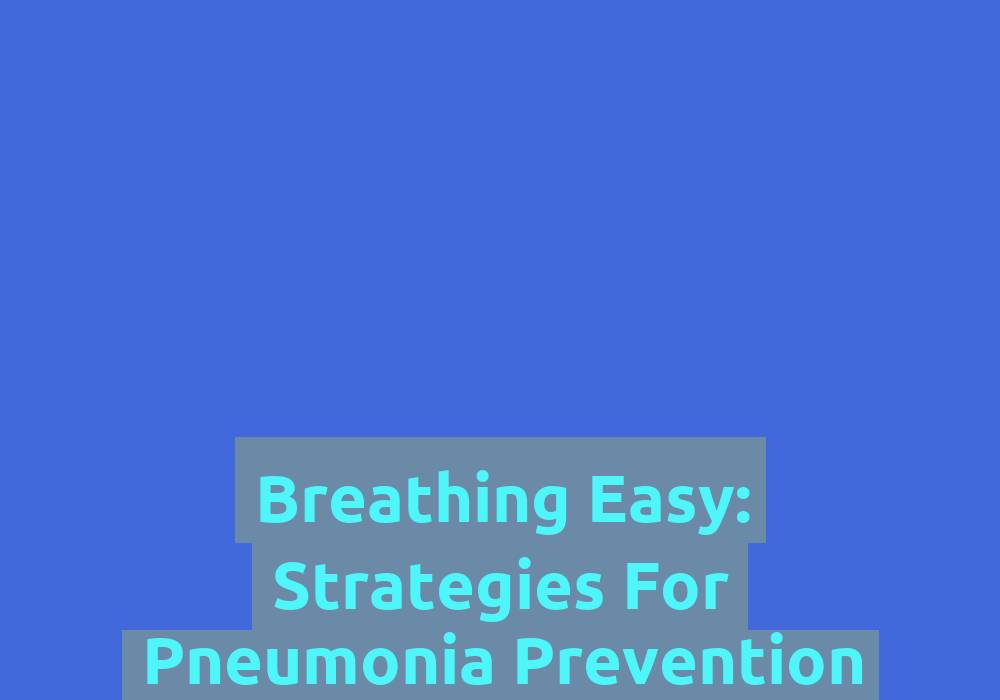Beating the Odds: Why Colonoscopies are a Game-Changer in Colorectal Cancer

Colorectal cancer is one of the most common types of cancer worldwide, affecting thousands of individuals each year. However, with advancements in medical technology, particularly the introduction of colonoscopies, the odds of beating this deadly disease have significantly improved. In this article, we will explore the benefits and importance of colonoscopies as a game-changer in the fight against colorectal cancer.
Understanding Colorectal Cancer
Before delving into the significance of colonoscopies, let us first gain a basic understanding of colorectal cancer. Colorectal cancer develops in the colon or rectum, which are both parts of the large intestine. It typically starts as small, noncancerous clumps of cells called polyps that have the potential to become cancerous over time if left undetected and untreated.
Colorectal cancer is a complex disease that can arise from a combination of genetic and environmental factors. While the exact cause is often unknown, certain risk factors increase the likelihood of developing this type of cancer. These risk factors include age, family history of colorectal cancer, a personal history of inflammatory bowel disease, a sedentary lifestyle, obesity, smoking, and a diet high in red and processed meats.
The Role of Colonoscopies
A colonoscopy is a minimally invasive procedure that allows doctors to examine the lining of the colon and rectum for any abnormalities, such as polyps or cancerous growths. During the procedure, a long, flexible tube equipped with a camera and a light source, known as a colonoscope, is inserted into the rectum and guided through the colon.
Early Detection and Prevention
One of the primary benefits of a colonoscopy is its ability to detect colorectal cancer at an early stage. By identifying and removing polyps before they become cancerous, this procedure serves as a powerful preventive measure. Early detection not only improves the chances of successful treatment but also reduces the likelihood of the cancer spreading to other parts of the body.
In addition to detecting polyps, colonoscopies also allow for the identification of other abnormalities, such as tumors or inflammation, which may require further investigation or treatment. By catching these issues early on, doctors can intervene promptly and potentially prevent the development of colorectal cancer altogether.
Accurate Diagnosis
Colonoscopies provide a highly accurate diagnosis of colorectal cancer. The visual inspection of the colon and rectum enables doctors to identify cancerous growths, determine their size, location, and staging, and tailor the most appropriate treatment plan for each patient. This precision ensures that the treatment is targeted and effective, increasing the chances of a favorable outcome.
Furthermore, colonoscopies allow doctors to differentiate between malignant and benign polyps. This distinction is crucial in determining the appropriate course of action, as not all polyps are cancerous or require immediate removal. By accurately diagnosing the presence of cancer and distinguishing it from noncancerous growths, colonoscopies help guide treatment decisions and prevent unnecessary interventions.
Removal of Polyps and Precancerous Lesions
During a colonoscopy, any detected polyps or precancerous lesions can be removed through a procedure called polypectomy. This removal significantly reduces the risk of developing colorectal cancer in the future. By eliminating these potential threats, colonoscopies not only save lives but also enhance the overall quality of life for individuals at risk.
Polypectomy is a minimally invasive procedure that involves the removal of polyps using specialized tools inserted through the colonoscope. This procedure is generally painless and has a low risk of complications. Removing polyps and precancerous lesions not only prevents their progression into cancer but also eliminates the need for additional surgeries or treatments that may be more invasive or have higher risks.
Surveillance and Monitoring
For individuals with a history of colorectal cancer or those at high risk due to genetic factors or previous polyp removal, regular colonoscopies play a crucial role in ongoing surveillance and monitoring. Through periodic screenings, doctors can ensure that any potential recurrence or new polyps are detected early, allowing for timely intervention and treatment.
The frequency of surveillance colonoscopies depends on individual factors such as personal and family history of colorectal cancer, the number and characteristics of previous polyps, and the presence of certain genetic syndromes. Typically, individuals at average risk are recommended to undergo a colonoscopy every 10 years starting at age 50. However, high-risk individuals may need more frequent screenings to ensure early detection and prevention.
Potential for Therapeutic Interventions
In addition to detection and prevention, colonoscopies offer a platform for certain therapeutic interventions. During the procedure, doctors can perform various treatments, such as the removal of tissue samples for biopsy, the cauterization of bleeding sites, or the resection of localized tumors. These interventions not only aid in the diagnosis but can also provide immediate relief and improve patient outcomes.
Biopsies obtained during a colonoscopy can help determine the type and stage of cancer, guiding the selection of appropriate treatment options. Cauterization of bleeding sites can stop bleeding and prevent further complications. In some cases, localized tumors can be removed during colonoscopy, eliminating the need for more invasive surgeries.
Overcoming Barriers to Colonoscopy
Despite the significant benefits of colonoscopies, several barriers prevent individuals from undergoing this potentially life-saving procedure. These barriers include fear, discomfort, lack of awareness, and financial constraints. It is crucial to address these challenges and promote the importance of colonoscopies to ensure that more individuals have access to this game-changing tool in the battle against colorectal cancer.
Education and Awareness Campaigns
Raising awareness about the importance of colonoscopies in preventing and detecting colorectal cancer is essential. Education campaigns targeting both the general population and healthcare professionals can dispel misconceptions, provide accurate information, and encourage people to undergo screening at the recommended intervals. By breaking down barriers and increasing knowledge, we can save lives.
Education and awareness campaigns should emphasize the effectiveness of colonoscopies in detecting and preventing colorectal cancer, highlight the minimal discomfort associated with the procedure, and stress the potential life-saving benefits of early detection. These campaigns can utilize various channels such as social media, public service announcements, community events, and collaborations with healthcare organizations to reach a wide audience and promote informed decision-making.
Advances in Technology and Techniques
Technological advancements have revolutionized the field of colonoscopy, making the procedure more comfortable, less invasive, and more efficient. Innovations such as high-definition imaging, virtual colonoscopy, and less invasive preparation methods have significantly improved patient experiences and outcomes. By embracing these advancements, healthcare providers can mitigate patient concerns and encourage more individuals to undergo colonoscopies.
High-definition imaging allows for clearer visualization of the colon and rectum, enabling doctors to identify smaller polyps and abnormalities with greater accuracy. Virtual colonoscopy, also known as CT colonography, utilizes specialized imaging to create a three-dimensional model of the colon and rectum, offering a less invasive alternative to traditional colonoscopy. Less invasive preparation methods, such as split-dose preparations or low-volume regimens, reduce the discomfort and inconvenience associated with colonoscopy preparation.
Accessibility and Affordability
To ensure equitable access to colonoscopies, it is crucial to address the financial constraints that may hinder individuals from seeking this procedure. Efforts should be made to reduce the cost of colonoscopies, increase insurance coverage, and provide financial assistance options for those in need. By making colonoscopies more accessible and affordable, we can reach a broader population and save more lives.
Healthcare systems and policymakers should work together to develop strategies that improve the affordability and accessibility of colonoscopies. This may include negotiating lower costs with healthcare providers, implementing insurance reforms to cover preventive screenings, and establishing programs that provide financial assistance for individuals who cannot afford the procedure. Additionally, promoting the use of community clinics, mobile screening units, and telemedicine can help reach underserved populations and increase access to colonoscopies.
In conclusion, colonoscopies have emerged as a game-changer in the fight against colorectal cancer. From early detection and prevention to accurate diagnosis and therapeutic interventions, this procedure offers numerous benefits. By addressing barriers, promoting education and awareness, embracing technological advancements, and enhancing accessibility and affordability, we can ensure that more individuals have the opportunity to beat the odds and overcome colorectal cancer through colonoscopies.
Disclaimer: This article is for informational purposes only and should not be considered as medical advice. Please consult with a qualified healthcare professional for personalized recommendations regarding colorectal cancer screening and treatment options.
1. What is colorectal cancer?
Colorectal cancer is a type of cancer that develops in the colon or rectum, which are parts of the large intestine. It can start as noncancerous polyps that have the potential to become cancerous over time if left untreated.
2. How do colonoscopies help in the fight against colorectal cancer?
Colonoscopies play a crucial role in the fight against colorectal cancer. They can detect polyps and cancerous growths early, allowing for preventive measures and increasing the chances of successful treatment. Colonoscopies also provide accurate diagnoses, help in the removal of polyps and precancerous lesions, and allow for ongoing surveillance and monitoring.
3. Are colonoscopies painful?
Colonoscopies are generally not painful. The procedure is minimally invasive and may cause some discomfort or pressure, but it is usually well-tolerated. Advances in technology and techniques, such as high-definition imaging and less invasive preparation methods, have made colonoscopies more comfortable for patients.
4. How can barriers to colonoscopies be overcome?
Barriers to colonoscopies, such as fear, discomfort, lack of awareness, and financial constraints, can be overcome through education and awareness campaigns, advances in technology and techniques, and improving accessibility and affordability. Raising awareness about the benefits of colonoscopies, addressing misconceptions, and providing accurate information can encourage more individuals to undergo screening. Technological advancements can make the procedure more comfortable and less invasive. Efforts should also be made to reduce the cost of colonoscopies, increase insurance coverage, and provide financial assistance options for those in need.


















